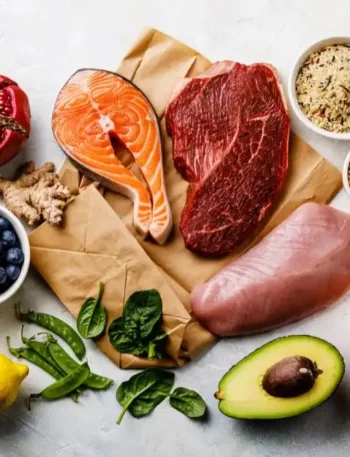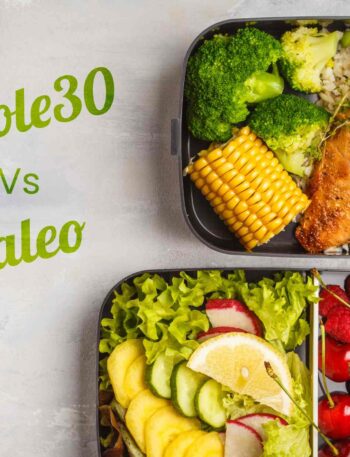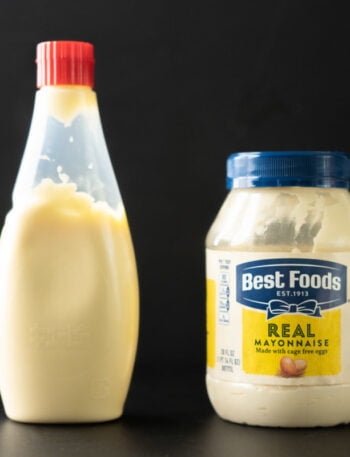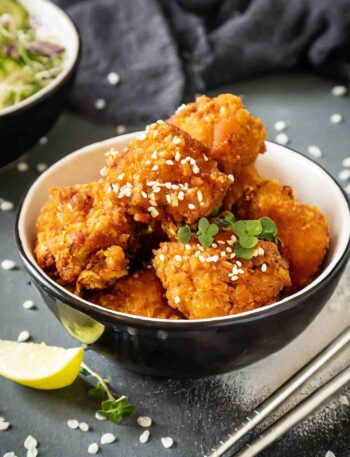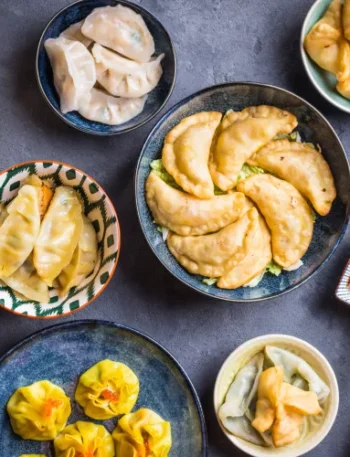
For those with celiac disease or gluten sensitivity, even a trace amount of gluten can trigger severe health reactions. Gluten is a protein found in wheat, barley, rye, and their derivatives, and it is ubiquitous in many food products.
Cross-contamination occurs when gluten-free food comes into contact with gluten-containing substances, either through shared surfaces, utensils, or airborne particles. Avoiding cross-contamination is crucial to maintaining health and well-being for individuals adhering to a strict gluten-free diet.
This guide will explore practical, actionable steps to minimize the risks of gluten cross-contamination at home, while shopping, and when dining out.
Understanding Cross-Contamination
Cross-contamination happens when gluten inadvertently makes its way into gluten-free foods. It can occur through shared cookware, contaminated surfaces, or even airborne particles during food preparation.
Common Sources of Gluten Cross-Contamination

For individuals with celiac disease, even microscopic amounts of gluten can cause symptoms like digestive distress, skin rashes, or neurological issues. Therefore, stringent measures are necessary.
Tips to Avoid Gluten Cross-Contamination
1. Kitchen Setup
- Use Separate Utensils and Cookware
Dedicate a set of pots, pans, cutting boards, and utensils for gluten-free food preparation. Use color-coded labels to differentiate between gluten-free and regular items. - Label Gluten-Free Items
Clearly mark gluten-free flours, spices, and other pantry items to avoid accidental use.
2. Food Preparation
- Clean Surfaces and Hands
Always clean countertops, cutting boards, and utensils thoroughly before preparing gluten-free food. Use separate sponges or cleaning cloths for gluten-free surfaces. - Avoid Double-Dipping
Spreading butter or mayonnaise with a knife that has touched bread can introduce gluten. Use separate containers for gluten-free spreads or a clean utensil every time.
Example: Instead of using the same toaster for gluten-free and regular bread, invest in a dedicated gluten-free toaster.
3. Shopping for Gluten-Free Foods
- Identify Hidden Sources of Gluten
Check labels for gluten-containing ingredients like malt, modified food starch, or hydrolyzed wheat protein. - Choose Certified Gluten-Free Products
Opt for items that carry a gluten-free certification seal to ensure they meet stringent standards.
4. Dining Out Safely
- Communicate Clearly with Restaurant Staff
Inform servers and chefs about the need for strict gluten-free practices. Ask specific questions about how food is prepared. - Look for Gluten-Free-Friendly Establishments
Many restaurants now offer gluten-free menus or have dedicated preparation areas.
Tip: Use apps like “Find Me Gluten Free” to locate safe dining options near you.
5. Storing Food Properly
- Separate Storage
Store gluten-free items on separate shelves or in airtight containers to avoid accidental contamination. - Label Containers
Clearly mark containers to distinguish gluten-free products from others.
Key Takeaways

Avoiding gluten cross-contamination is essential for individuals with gluten-related disorders to maintain their health and quality of life. By following these tips — setting up a safe kitchen, being vigilant when shopping, and communicating effectively at restaurants — you can significantly reduce the risk of cross-contamination.
Remember, diligence and education are key. With a bit of effort, creating a gluten-free environment becomes second nature.


